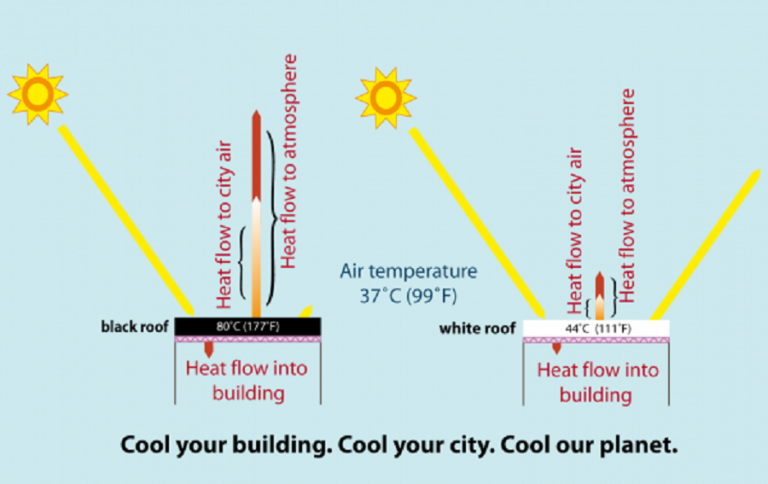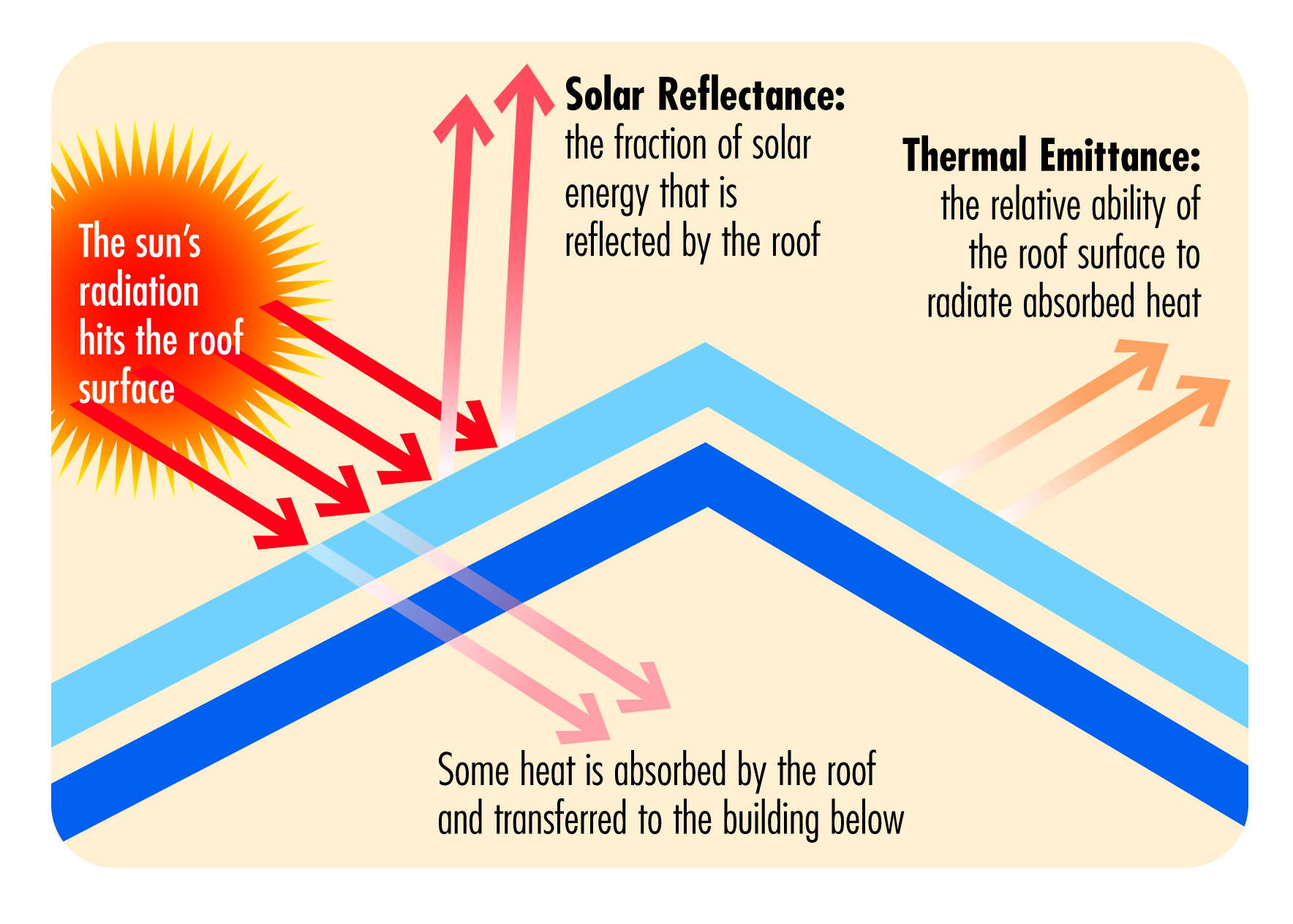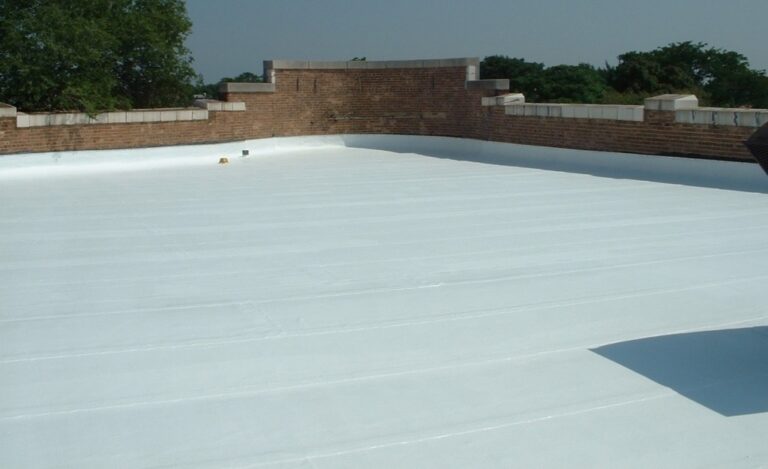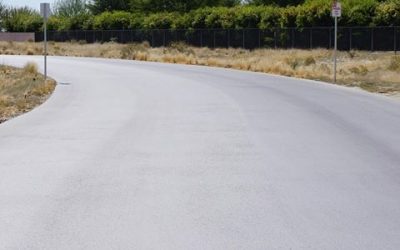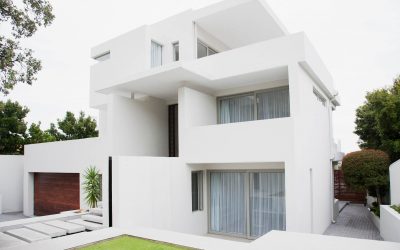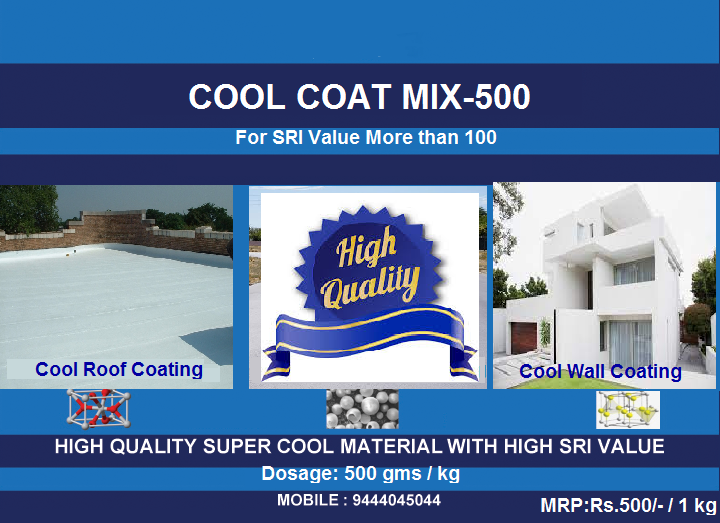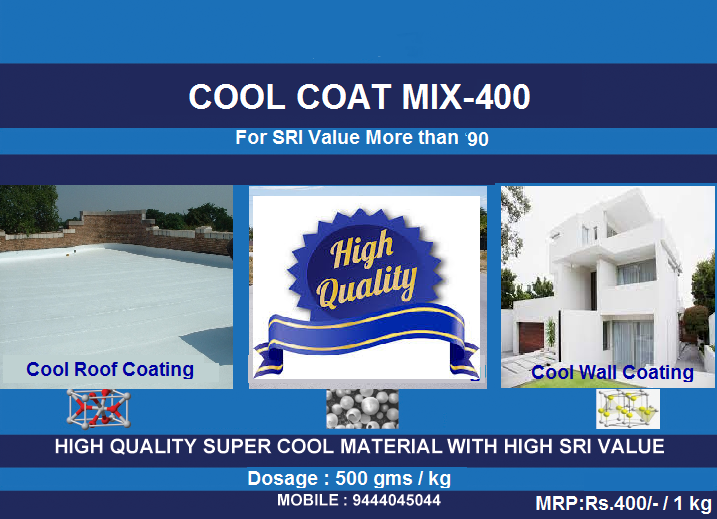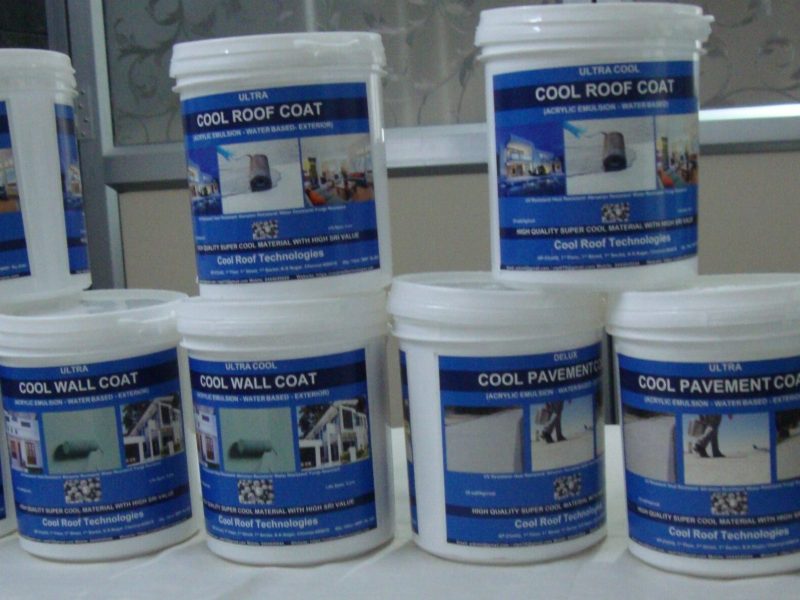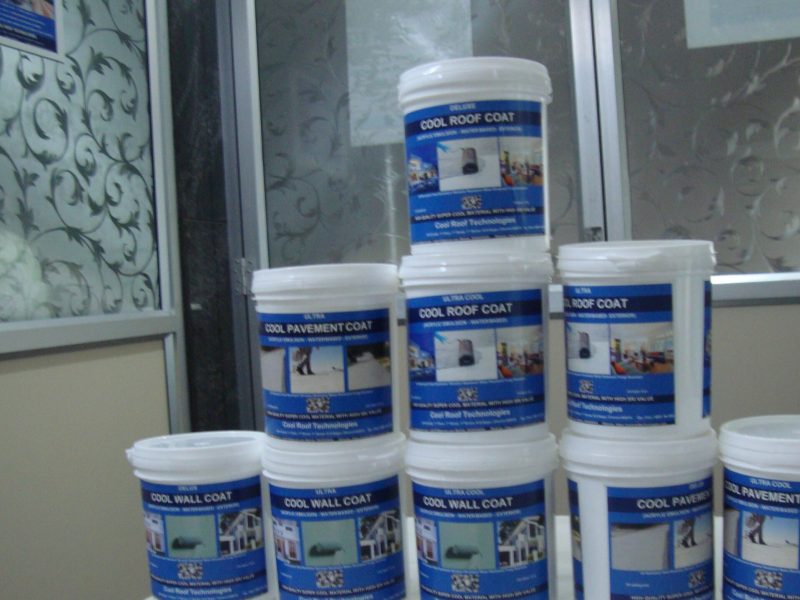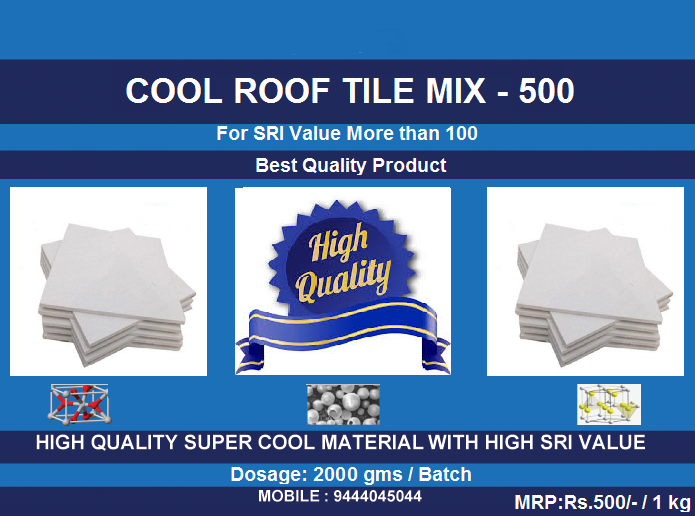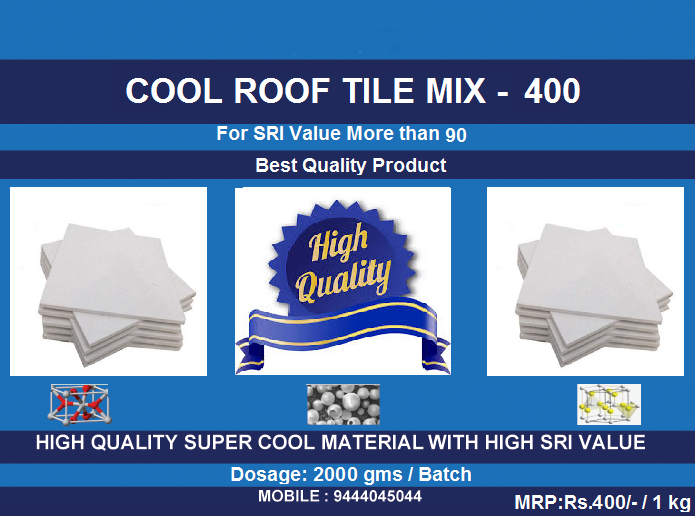Global Cooling
Solar reflectance index is a metric for comparing the coolness of roof surfaces. The higher the Solar Reflectance Index (SRI), the cooler the roof will be in the sun.
By increasing the albedo, or Solar Reflectance of surfaces such as Roofs, Pavements, and Walls, the surfaces absorb less solar heat and thus transmit less heat back into the environment. This process, called “negative radiative forcing,” effectively cools the environment and offsets substantial quantities of greenhouse CO2. A recent study estimated that increasing the albedo of roofs and pavements in all global urban areas by 25% and 15%, respectively, offsets roughly 57 gigatonnes of CO2.
These carbon savings can substantially slow the rate of climate change and delay the worst impacts of global warming. As more cities around the world implement cool surfaces, the global benefits will accrue even faster.
The benefits of cool surfaces are not restricted to buildings and cities; the higher solar reflectance of cool surfaces results in less thermal emittance into the atmosphere, meaning that cool surfaces can help to cool the Earth.
Cool Roofs
Solar reflectance and thermal emittance are the two radiative properties to consider when selecting a cool roof. On a sunny day, a roof that strongly reflects sunlight can stay much cooler than a roof that strongly absorbs sunlight. High thermal emittance is another property that also keeps a surface cool. Thermal emittance is the efficiency with which a surface cools itself by emitting thermal infrared radiation. Thus a "cool" roof should have both high Solar Reflectance (SR) and high Thermal Emittance (TE).
On a typical summer afternoon, a clean white roof that reflects 80% of sunlight will stay cooler than a gray roof that reflects only 20% of sunlight .
